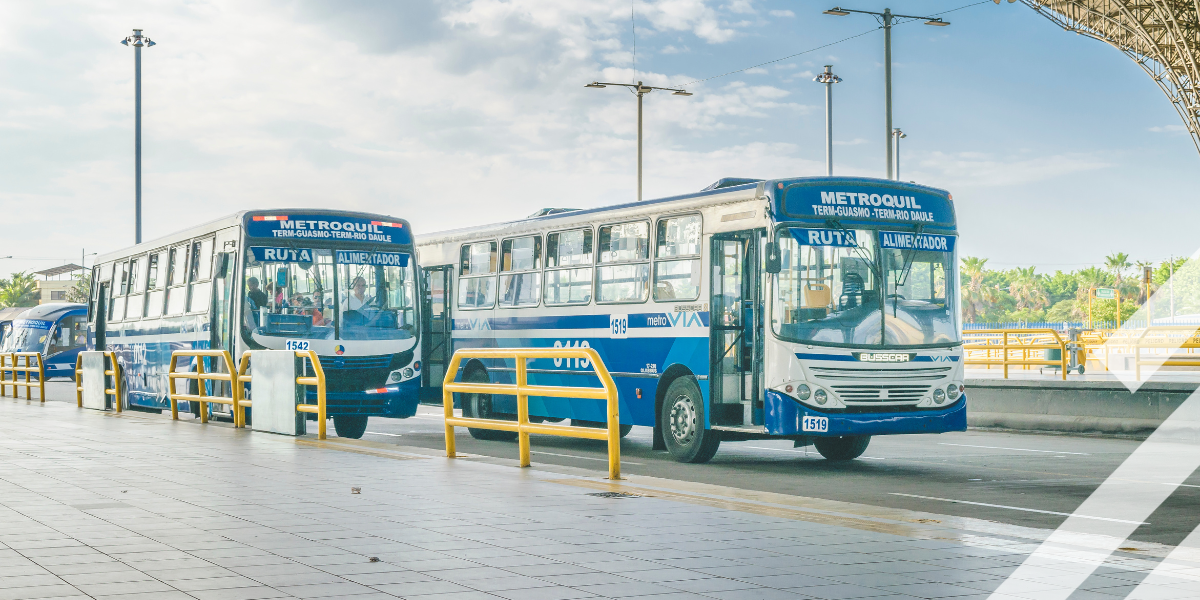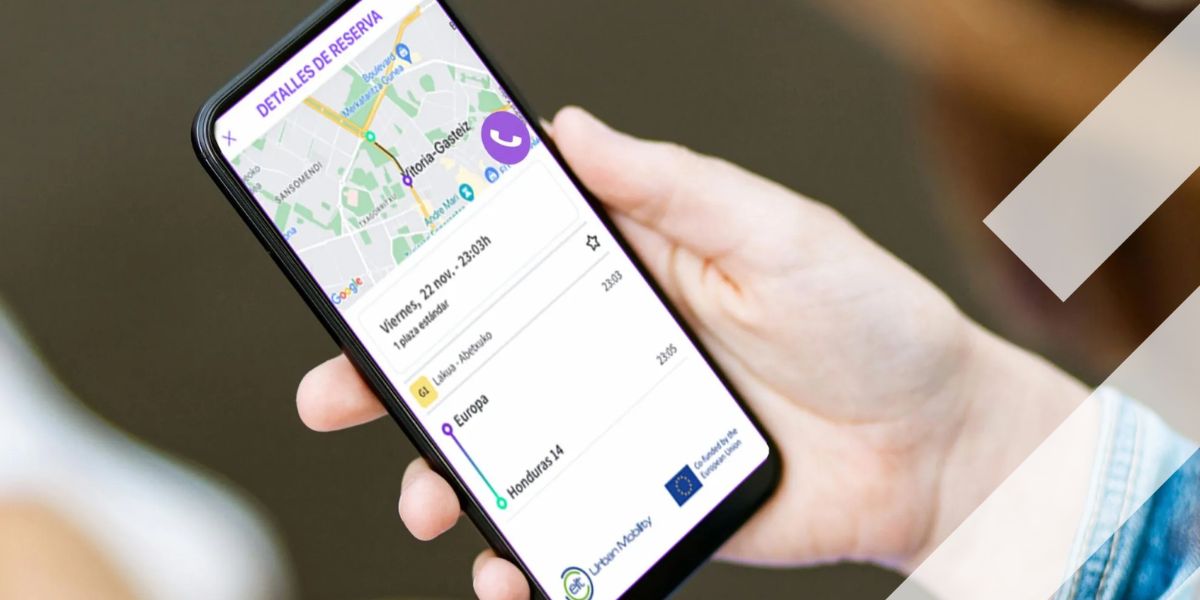How to facilitate mobility for disabled travellers - Part I
Intro
21st Century smart mobility technology has undoubtedly made travelling far less arduous and stressful for disabled people, but there’s still so much more that can be done. Across three articles Intertraffic spoke with three figures from the world of transport and mobility, all with different disabilities, to find out just how inclusive inclusive mobility actually is.

Dom hyams
Dom Hyams consults and educates internationally on a range of topics including mobility, diversity, inclusion and accessibility. Dom was born with a severe form of Osteogenesis Imperfecta (more commonly known as Brittle Bones). He is of short stature and uses a powered wheelchair for his mobility. Dom joined the Purple Goat agency team in February 2021 as Head of Strategy - the world's first and only disability-led and disability-focused agency looking to create the most inclusive, representative and forward-thinking marketing campaigns in the world by integrating disability knowhow and lived-experience in all aspects of campaign development and execution. He is also the founder of Tiny Man Digital and was previously Communications Director of AssistMi, a smartphone app aimed at increasing disabled travellers’ independence.
full text
What can you tell us about some of the issues that adversely affect disabled people's ability to travel?
I think the main one, for me, that stops disabled individuals travelling is the fear of the unknown. For someone disabled, travelling has extra jeopardy. If something goes wrong, it's much more difficult to get out of that situation. The principal example here is mobility equipment being damaged. So on airlines, we see a very small percentage of the disabled population compared to the non-disabled population travelling. And that's because the worst-case scenario, which happens all too often, is of mobility equipment being damaged in transit, meaning not just that the holiday is ruined, or that travel experience or work trip has been ruined, but our means of getting from A to B has been removed. I've had my powered wheelchair damaged and actually destroyed before. To get a replacement took an exchange of over 100,000 words with the airline over a 12-week period to ask them to, or I’ll admit, to beg them to pay for the damages. The total claim, because of the cost of the powered wheelchair, was over £33,000 (€37,000). The knock-on effects of damage to my main means of mobility are very significant.
I've had my powered wheelchair damaged and actually destroyed before. To get another one took an exchange of over 100,000 words with the airline over a 12-week period to ask them to pay for the damages
The situation is similar on trains, too. Arriving at a station, and then someone not being there on the other end can be very stressful, very difficult, and occasionally means that you do end up in the wrong place. I'm not a shy person so I happy to ask a member of the public to help me, but the reality is that not everyone can do that. And not there's not always someone around. It can be a very difficult experience to try and make sure that you get the assistance you need.
Mobility technology, particularly smart mobility technology, often claims to be inclusive, but clearly, so much more needs to be done to be truly inclusive: what do you consider to be the priorities?
It's about just ensuring accessibility for all as soon as possible. Smart technology definitely has made things more inclusive. Transport solutions generally are being legislated to be more inclusive and I would say that from a Smart Mobility perspective, in terms of accessibility, solutions seem to be pretty good when they're created.
Now, I've yet to come across something in the recent past that isn't so inclusive but I do think that the one issue for me is around disruptive tech. By that I mean that there are times disruptive technologies come out they aren't always accessible to all right away.
A lot of those technologies wouldn't exist unless that disruptive element happened. First, they could prove that it worked, and then become the roadmap of accessibility afterwards
A lot of those technologies wouldn't exist unless that disruptive element happened. First, they could prove that it worked, and then become the roadmap of accessibility afterwards. That isn't an opinion that everyone would share but I think that the disabled community often doesn't benefit from the same cutting edge technology experiences, because people shy away from including accessibility features. So instead, they don't put it on their roadmap at all. In reality, we should have people creating accessible technology. I don't expect everything to be totally and utterly 100% accessible when it's first created. But I do want it to have accessibility and inclusivity in mind throughout its development and roadmap.
You were heavily involved with the AssistMi app. Can you explain how that came about and how it worked?
AssistMi is a company owned by Grid Smarter Cities, a company I used to work for, and AssistMi was a disability access app that allowed the disabled user to request assistance when travelling from A to B, a little bit like Uber but in reverse. So when they turn up at the location, the assistance would be ready and waiting because the staff member would see the disabled individual on their travels, and would similarly know what assistance they would need on their arrival.
It was a really cool idea using really cool technology and now there's even more of the smart tech coming in to assist people getting the relative help that they need. A couple of examples would be Fuel Service, the very simple solution that when you turn up at a petrol station, you press a button and let the petrol station know that you're there and then they come out and fill up your car. Another one is the Welcome app that gives confidence to businesses to be able to support disabled individuals when they turn up at their premises with visual impairments.
In order to make a change that will have a positive effect what is needed – more technology, legislation or both?
I think this goes back to the answer previously. For me being inclusive, being accessible absolutely needs to be on the roadmap of any solution. And in terms of legislation, I think that it might be very difficult but yes, of course accessibility nowadays days to be legislated. There are too many examples of where someone has a great idea and they think it's really ultra-modern and ultra-cool but actually it doesn't meet the needs of everybody.
There are too many examples of where someone has a great idea and they think it's really ultra-modern and ultra-cool but actually it doesn't meet the needs of everybody
I think that the example that comes to mind is when we look at all the mock-ups of autonomous vehicles and what autonomous taxis or pods might look like: are they all wheelchair accessible when we see those first renders of these vehicles? Absolutely not. So for the people that will benefit from them the most, it's important to make sure they're baked into that conversation from the start. And I think that is done with legislation to a degree but the opportunity for technology to help people is incredible.
Against the backdrop of a pandemic, we obviously learned something as simple as how powerful flexible working could be for the disabled community and the vulnerable community and now we're in a position where no one would say that working from home, in most industries, is less productive. If someone's not able to drive, the opportunity for autonomous vehicles to help them should and would be incredible. So let's make sure that we don't end up in a situation like Uber where they flood the marketplace with tens of thousands of vehicles, but then don't have the necessary wheelchair-accessible infrastructure in place to actually offer any meaningful kind of service to the disabled community.
Let's make sure that we don't end up in a situation like Uber where they flood the marketplace with tens of thousands of vehicles but don't have the necessary wheelchair-accessible infrastructure in place to actually offer any meaningful kind of service
To answer your question – it’s both. We need to see that technology development, we need to see the opportunities that it can bring, the power it can bring tactually realised. We also need to see legislation that is ensuring that all communities can benefit from the innovation.
For more information, please visit: https://www.purplegoatagency.com/
Read more articles on this topic
HOW TO FACILITATE MOBILITY FOR DISABLED TRAVELLERS - PART II
HOW TO FACILITATE MOBILITY FOR DISABLED TRAVELLERS - PART III
Share your story
Do you have an innovation, research results or an other interesting topic you would like to share with the professionals in the infrastructure, traffic management, safety, smart mobility and parking industry? The Intertraffic website and social media channels are a great platform to showcase your stories!
Please contact our Sr Brand Marketing Manager Carola Jansen-Young.
Are you an Intertraffic exhibitor?
Make sure you add your latest press releases to your Company Profile in the Exhibitor Portal for free exposure.
Get up to speed on the mobility industry - our newsletter straight to your inbox!


